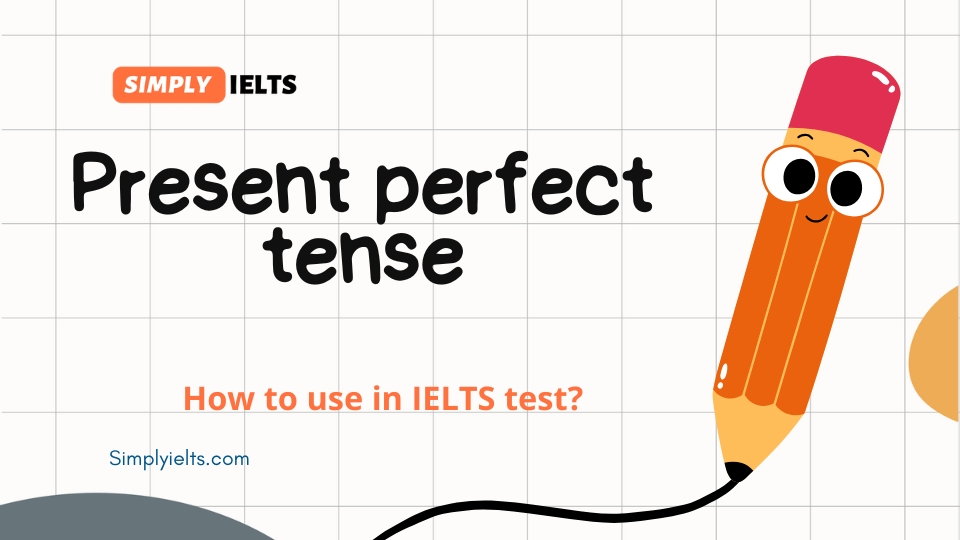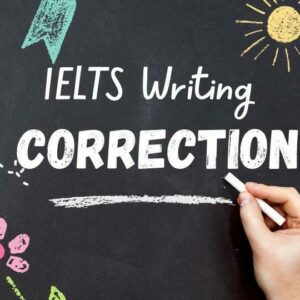In this lesson from the free English grammar course from Simply IELTS, you will learn the structure and formula of the Present perfect tense and how to use it in the IELTS exam.

What is the formula of the Present perfect tense?
The present perfect tense is used to describe an action or event that was completed at an unspecified time in the past, or that started in the past and continues up until the present. It is formed with the auxiliary verb “have” or “has” followed by the past participle form of the main verb.
Here are a few rules for using the present perfect tense:
- Use the auxiliary verb “have” for subjects in the plural form (we, you, they) and “has” for subjects in the singular form (I, he, she, it).
- Use the past participle form of the main verb. The past participle form of a verb is typically the base form of the verb plus -ed, but there are many irregular verbs with different past participle forms. For example: “I have finished,” “she has studied,” “they have eaten.”
- Use the present perfect tense to describe an action or event that was completed at an unspecified time in the past, or that started in the past and continues up until the present. For example: “I have finished my homework,” “she has studied for her exams,” “they have eaten lunch.”
Examples of Present simple tense
Here are a few examples of the present perfect tense in action:
- I have finished my homework.
- She has studied for her exams.
- They have eaten lunch.
In the negative form, the auxiliary verb “have” or “has” is followed by “not” and the past participle form of the main verb. For example:
- I have not finished my homework.
- She has not studied for her exams.
- They have not eaten lunch.
In the question form, the auxiliary verb “have” or “has” is placed before the subject and the past participle form of the main verb is placed after the subject. For example:
- Have I finished my homework?
- Has she studied for her exams?
- Have they eaten lunch?
How to use present perfect tense in IELTS exam?
To use the present perfect tense in the IELTS exam, it is important to use it correctly and consistently in your writing and speaking tasks. Make sure to use the correct form of the auxiliary verb “have” or “has” and the past participle form of the main verb.
Use the present perfect tense to describe an action or event that was completed at an unspecified time in the past, or that started in the past and continues up until the present. Make sure not to mix tenses within a sentence or paragraph.
Examples of using present perfect tense in IELTS exam
Here are a few examples of how you might use the present perfect tense in the IELTS exam:
Writing Task 1:
“I have finished all of my errands for the day and am now ready to start cooking dinner. My husband has also finished his work and is relaxing on the couch.”
Speaking part 2 (cue cards):
“I have visited my parents several times before my trip to the countryside. They have shown me around their new house and we have spent some quality time together.”
Writing Task 2:
“Many people believe that technology has taken over our lives. While it is true that technology has become more prevalent in recent years, I do not think it has completely taken over. There are still many people who have lived simple lives and have not relied on technology as much as others.”





Responses